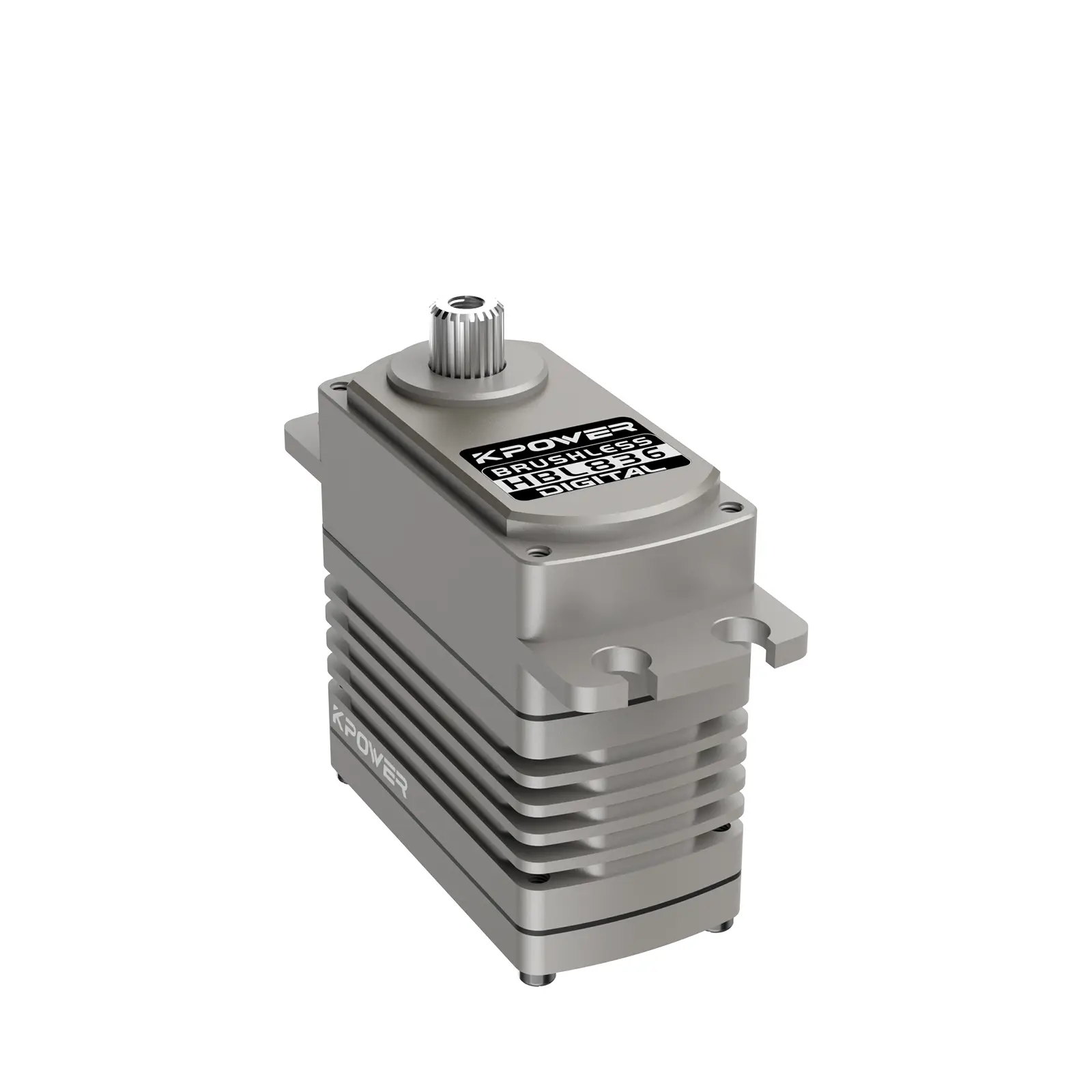In the world of electrical engineering and modern machinery, small yet powerful components often hold the key to transforming ideas into reality. Among these, the gear reduced DC 6V motor stands out as a true marvel of functional innovation—combining the simple elegance of direct current motors with sophisticated gear systems that dramatically enhance their performance.

The Essence of a Gear Reduced DC Motor 6V
At its core, a gear reduced DC motor is a type of electric motor that uses a gear train to reduce its rotational speed while simultaneously increasing torque. The "6V" specifies the voltage powering the device, implying it runs off a 6-volt power supply—commonly sourced from batteries, portable power packs, or compatible electrical circuits.
The primary benefit of such a setup is control and efficiency. While a standard small DC motor can spin rapidly with limited torque, integrating a gear reduction system modifies this dynamic. The motor outputs a slower, more controlled rotation, with significantly greater force—ideal for applications where precision, torque, and power are paramount.
Design and Components
A typical 6V gear reduced DC motor comprises several key components:
Rotor and Stator: These form the fundamental parts of the electric motor, generating electromagnetic forces that cause rotation. Brushes and Commutator: These facilitate electrical contact, allowing current to flow through the motor windings. Gearbox or Gear Train: Usually consisting of spur gears, planetary gears, or worm gears, this system reduces the output speed and amplifies torque. Output Shaft: The part that transfers the motor’s mechanical energy to the mechanical system or device being powered.
Manufacturers tailor gear ratios to meet specific application requirements, ranging from modest reductions like 10:1 to substantial reductions upwards of 1000:1. The choice of gear ratio influences speed, torque, and overall motor behavior.
Why 6V? – The Power of Portability and Convenience
Operating at 6 volts offers distinct advantages. It allows the motor to run off common batteries—AA, AAA, or 6V rechargeable packs—making it highly portable. This is particularly crucial for:
DIY enthusiasts and hobbyists: who often prefer simple power solutions. Robotics: where compact, lightweight power sources are desirable. Educational projects: emphasizing safety and ease of use.
Moreover, 6V motors are compatible with many existing electronics, making integration into varied systems straightforward.
Performance Characteristics
The combination of electric motor and gear train results in several key performance attributes:
High Torque at Low Speed: Ideal for applications requiring pushing, lifting, or precise movement. Stable and Predictable Speed: Thanks to gear reduction, the motor’s rotation can be finely controlled. Energy Efficiency: Proper gear ratios minimize power wastage, extending battery life. Durability: Well-designed gear trains reduce wear and tear, prolonging life span.
Applications Across Industries
Gear reduced DC 6V motors find their way into countless applications:
Robotics: Driving wheels, arms, or sensors with custom control. Automated Systems: Conveyor belts, door openers, or small machinery. Hobby Projects: Remote-controlled cars, boats, or DIY automation. Educational Kits: Teaching principles of mechanics and electronics. Medical Devices: Small surgical tools or portable diagnostic instruments.
Advantages Over Other Motor Types
Compared to AC motors, brushed DC motors with gear reduction offer superior controllability, portability, and simplicity. Their low-voltage operation further reduces safety concerns and power setup complexity. Additionally, the gear train enables the motor to perform in high-torque, low-speed scenarios where unaltered DC motors fall short.
Choosing the Right Gear Reduce DC Motor 6V
When selecting such a motor, consider:
Gear ratio: Matching it to desired speed and torque. Size and form factor: Ensuring compatibility with your design. Material durability: For rugged industrial or outdoor use. Power consumption: For efficiency in battery-powered scenarios. Mounting options: For easy integration into your setup.
Conclusion of Part 1
The gear reduced DC motor 6V epitomizes a blend of simplicity and sophistication—delivering adjustable power output suited to myriad uses. Its ability to combine modest power input with high torque outputs makes it indispensable for both hobbyists and professionals. As we proceed to explore specific applications, innovations, and advanced considerations, the potential of these miniature motors becomes ever more apparent—powerful enough to drive the future of automation and robotics.
Kpower has delivered professional drive system solutions to over 500 enterprise clients globally with products covering various fields such as Smart Home Systems, Automatic Electronics, Robotics, Precision Agriculture, Drones, and Industrial Automation.




































